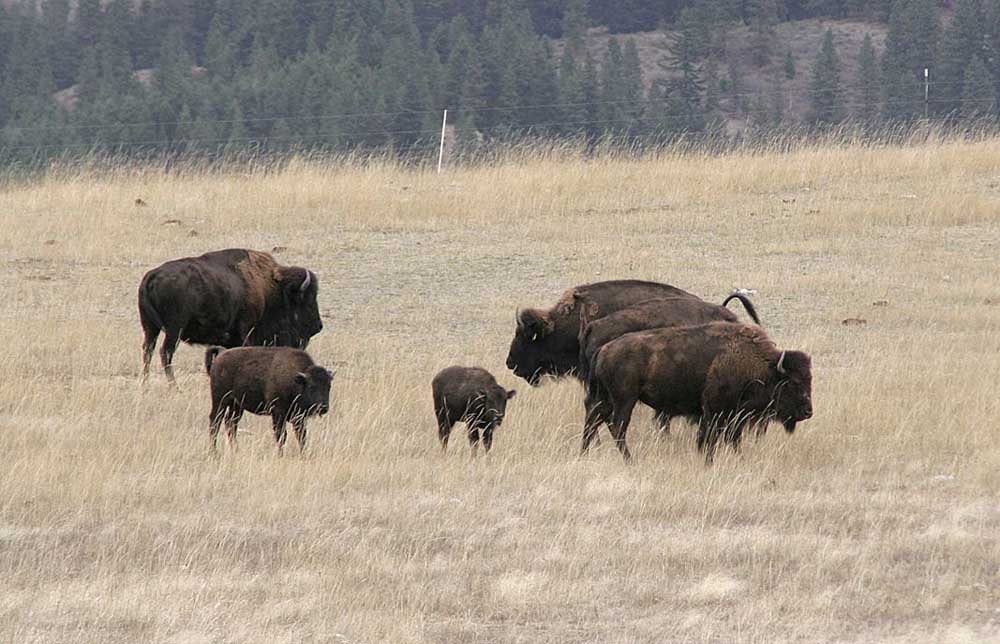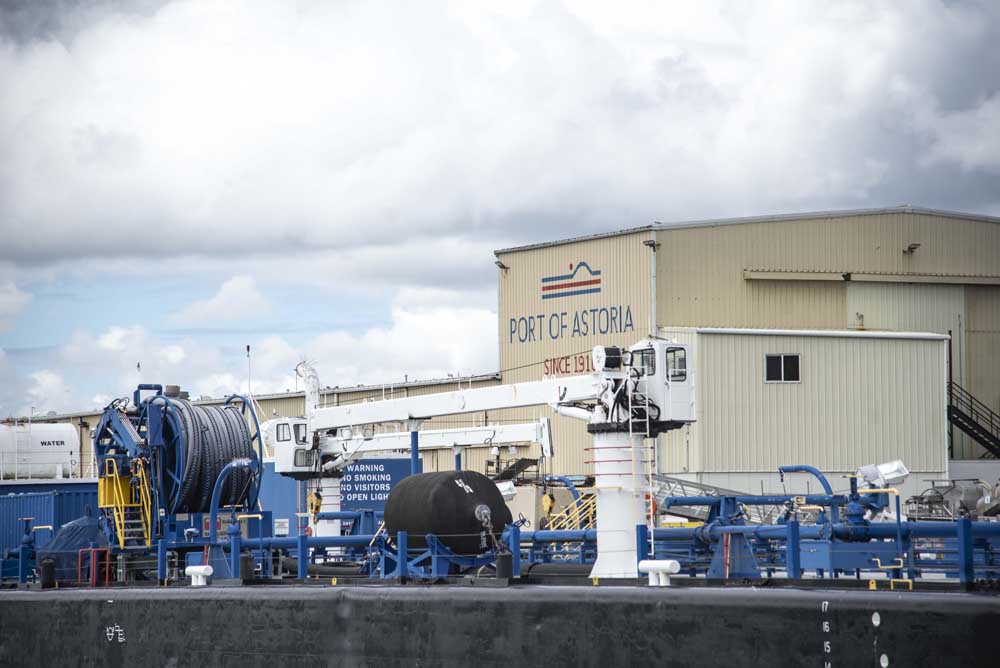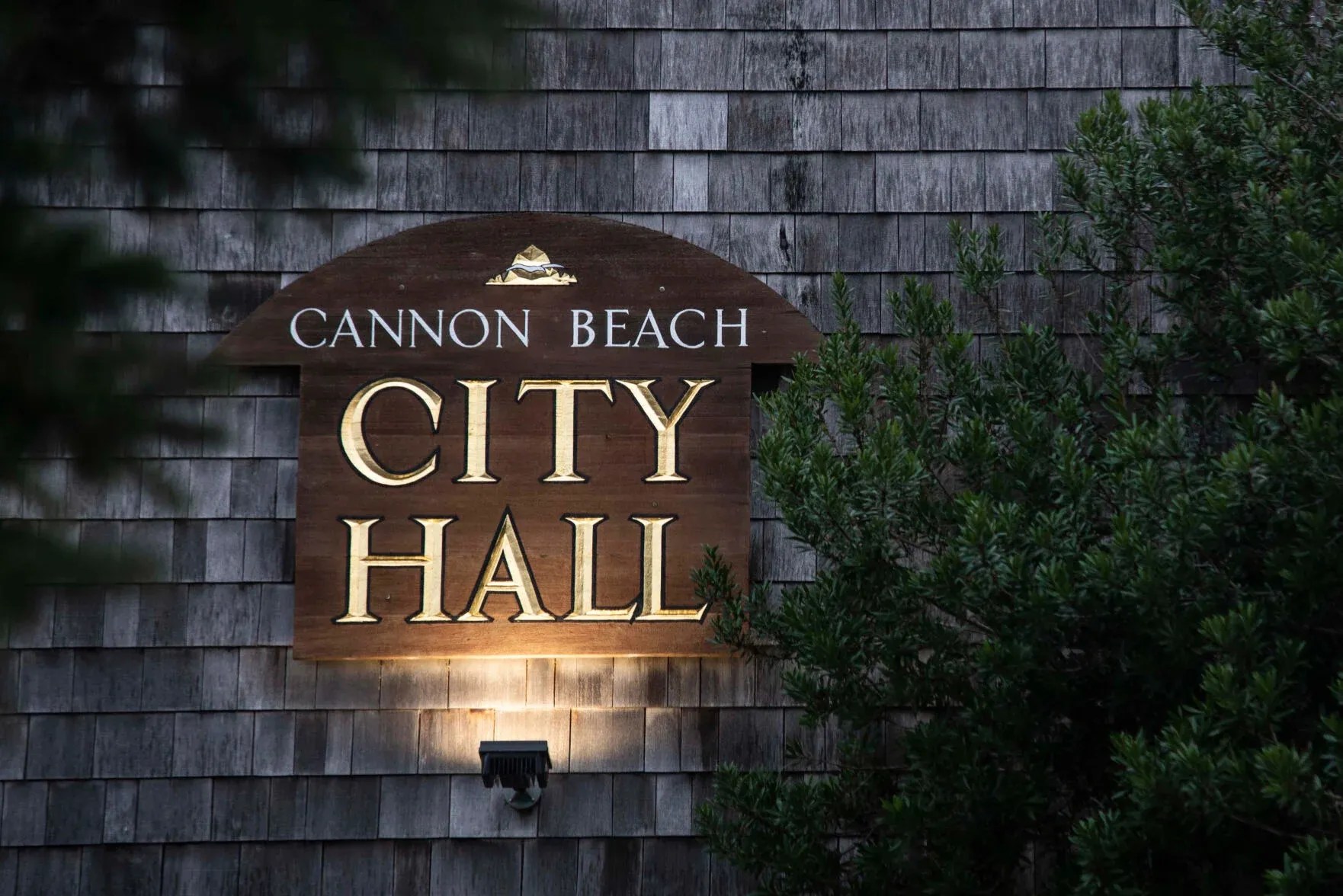Bison meat industry looks to grow
Published 3:40 am Monday, November 17, 2014

- Bison on a gentle slope of the Hanson Ranch off State Highway 970 east of Cle Elum, Wash., Oct. 12. The bison meat industry is looking to rebuild after a couple of slumps nationally.
CLE ELUM, Wash. — It’s not uncommon to see motorists stop along the highway in Swauk Prairie east of Cle Elum to take pictures of Jim and Sue Hanson’s bison herd.
The rugged animals draw the eye as does the slope of their field and backdrop of forested hills.
Bison meat has been a sideline business for the Hansons for 24 years on the ranch his great-grandparents homesteaded in 1887. But the Hansons are at a crossroads in that business as perhaps the industry is nationwide.
With fewer producers in the state in the last few years, the Hansons found it harder to buy calves and reverted to breeding their own. But 85 acres isn’t large enough for much of a cow-calf bison operation and their annual harvest has dropped from 20 several years ago to two last year and six this year. It’s not cost effective, Hanson said, to buy calves in the Midwest where farmed bison are more plentiful.
“The demand is still there. I get calls or emails every day from people looking to buy meat,” Hanson said. “I still hope to pursue it but I need to find calves somewhere or let it go.”
The number of bison producers in Washington dropped from 100 in 2007 to 52 in 2012, according to the USDA Ag Census. In Oregon, they fell from 76 to 41, Idaho from 88 to 45, California from 168 to 87 and nationally from 4,499 to 2,714.
“I think a lot of people are getting out because they’re getting older and we have hard time getting younger people involved,” said Debbie Brown, a Nyssa, Ore., producer and a leader in the Northwest Bison Association. Costs and logistics of being so far from larger herds also are factors, she said.
The Browns — Debbie, her husband, Tim, and their son, Garrett — are one of the larger producers in the Pacific Northwest. They butcher three to four head per week, close to 200 per year through a USDA-approved processing plant in Nampa that they own with five other bison producers. They sell to restaurants and farmers markets in Boise.
The Browns are looking to increase their 160 acres of pasture so they can increase their 100-cow mother herd. Their bison feed on grass, hay and finish on barley.
“We could do a feedlot and have all the animals we need, but our customers don’t want them fed in feedlots on GMO (genetically modified organism) corn,” she said.
The number of farmed bison dropped nationally from 198,234 in 2007 to 161,915 in 2012. Washington and California dropped while Oregon and Idaho increased, according to the Ag Census.
The census is just private herds. There’s also 20,000 bison in public herds on national parks and public lands and 15,000 in tribal herds, said David Carter, executive director of the National Bison Association in Westminster, Colo.
The first public auction of bison from Custer State Park in South Dakota in 1966 gave birth to modern commercial bison operations but the industry only really took off in the last 15 years, Carter said.
Numbers of farmed bison and producers fell from 2007 to 2012 because the industry collapsed in 1999 after overreaching on costs and supply and because of droughts in 2002 and 2003 and greater drought in 2011 and 2012, Carter said.
“In the 1990s, people were excited about the business and building up herds,” he said. “They were paying ridiculous prices for animals. The grand champion bull sold for $101,000 in 1999 and the grand champion two years later sold for $5,800.”
Bison meat hadn’t caught on with consumers yet, few restaurants carried it and product went unsold, he said.
The industry was starting to recover in 2007 and 2008 only to be hammered by the Midwest drought in 2011 and 2012 that reduced pasture grass and helped drive up hay prices, Carter said. People left the business.
Carcass price was $1.40 per pound in 2004 and inched up to $4 by 2011 and has stayed there, he said. That has brought stability and people are building herds again, he said.
Ground bison hit $10 a pound in stores, now has settled in at $9 and is regularly sold by Whole Foods, Costco and some divisions of Kroger along with farmers markets and direct sales, Carter said.
Since 2011, the industry has been profitable at stable prices and production is at about 23.7 million pounds per year, he said.
The national and state and regional associations are trying to help ranchers network so that producers like the Hansons can find calves, Carter said.
Demand is strong as more consumers try and like the meat and like that it’s high in protein and iron, low in fat and has a great balance of Omega-3 and Omega-6 fatty acids, he said. Growth hormones are not used and the industry is talking about how to source non-GMO feed, he said.
“Customers want natural meat. It’s hard to find feed mills sorting out GMO and non-GMO so it’s a work in progress,” Carter said. “I’m very optimistic about the future. This is a delicious product and we knew for years that the secret to selling bison is getting customers to take their first taste.”





